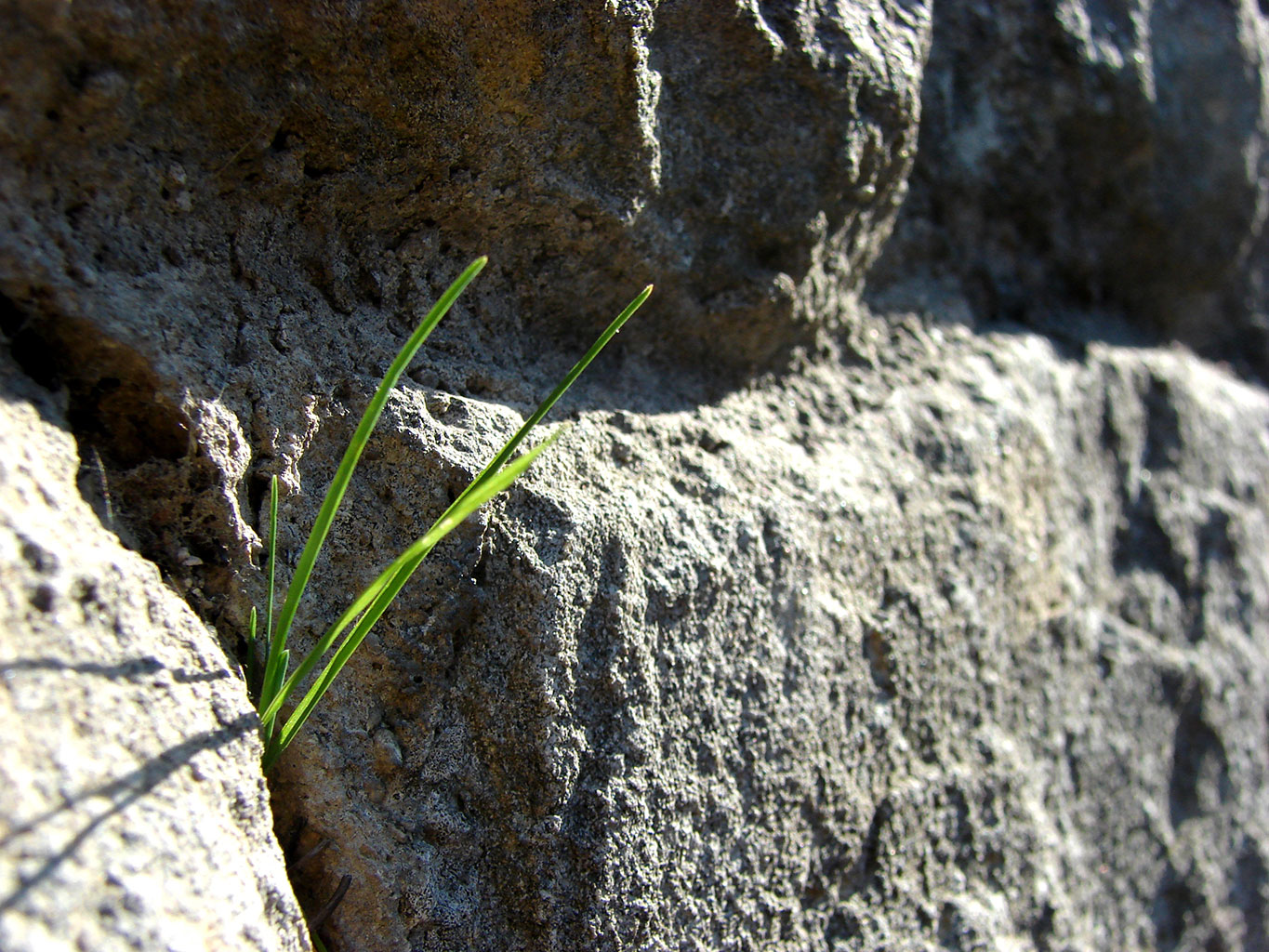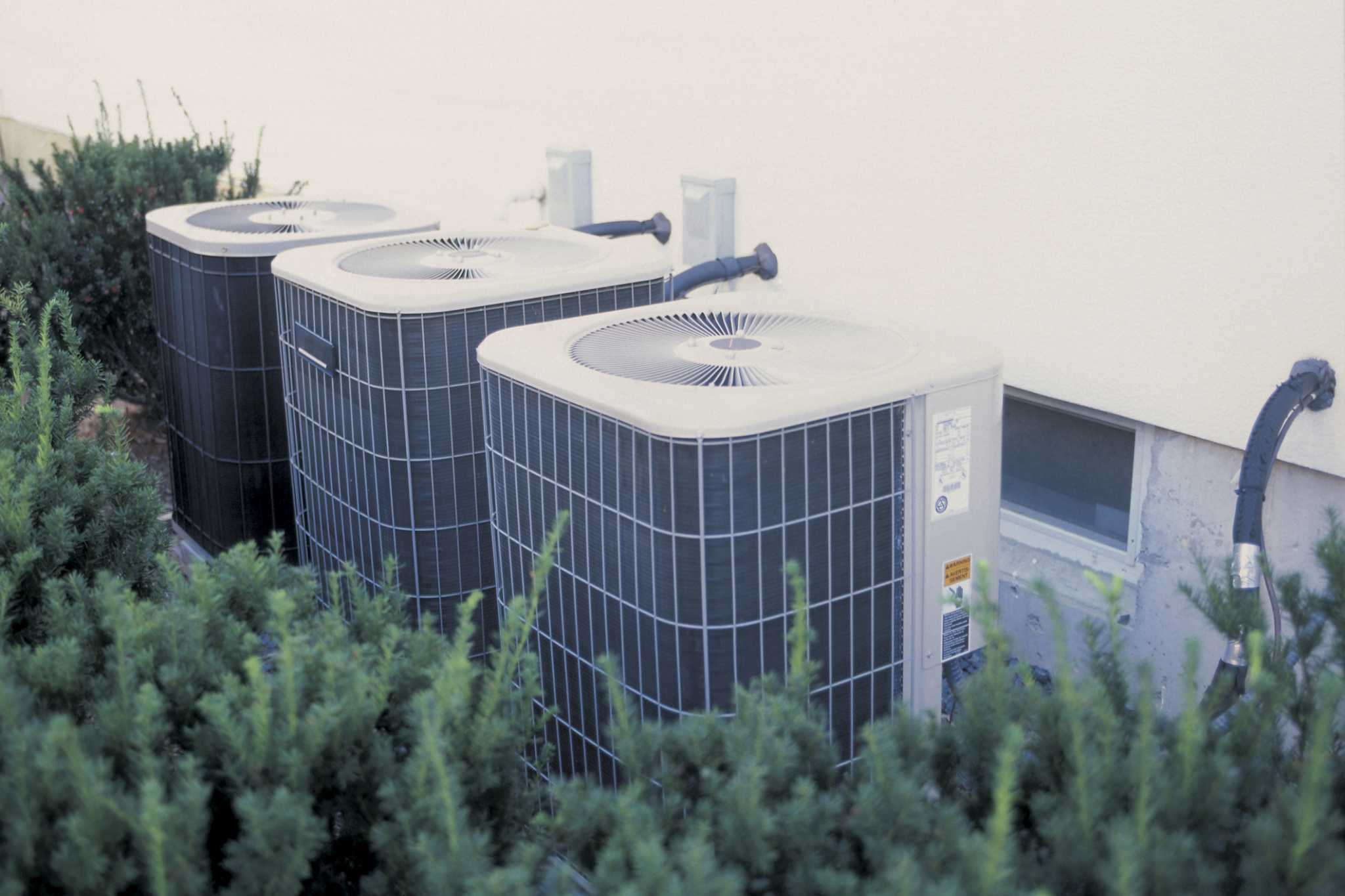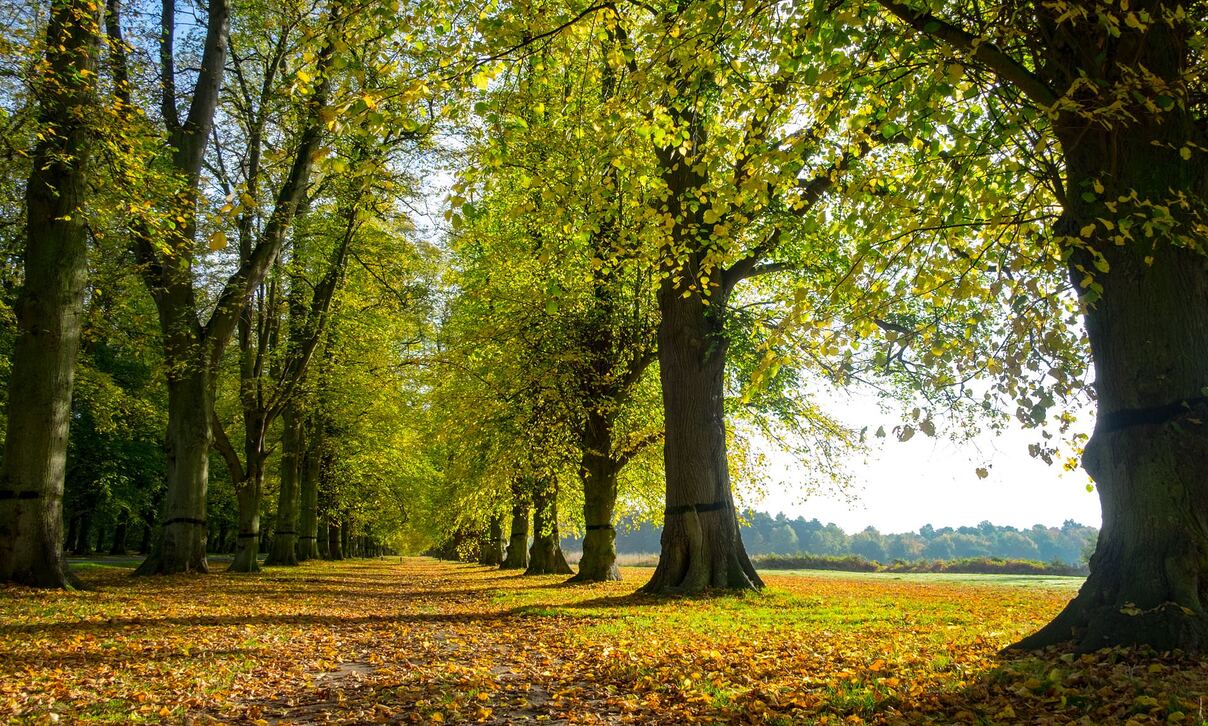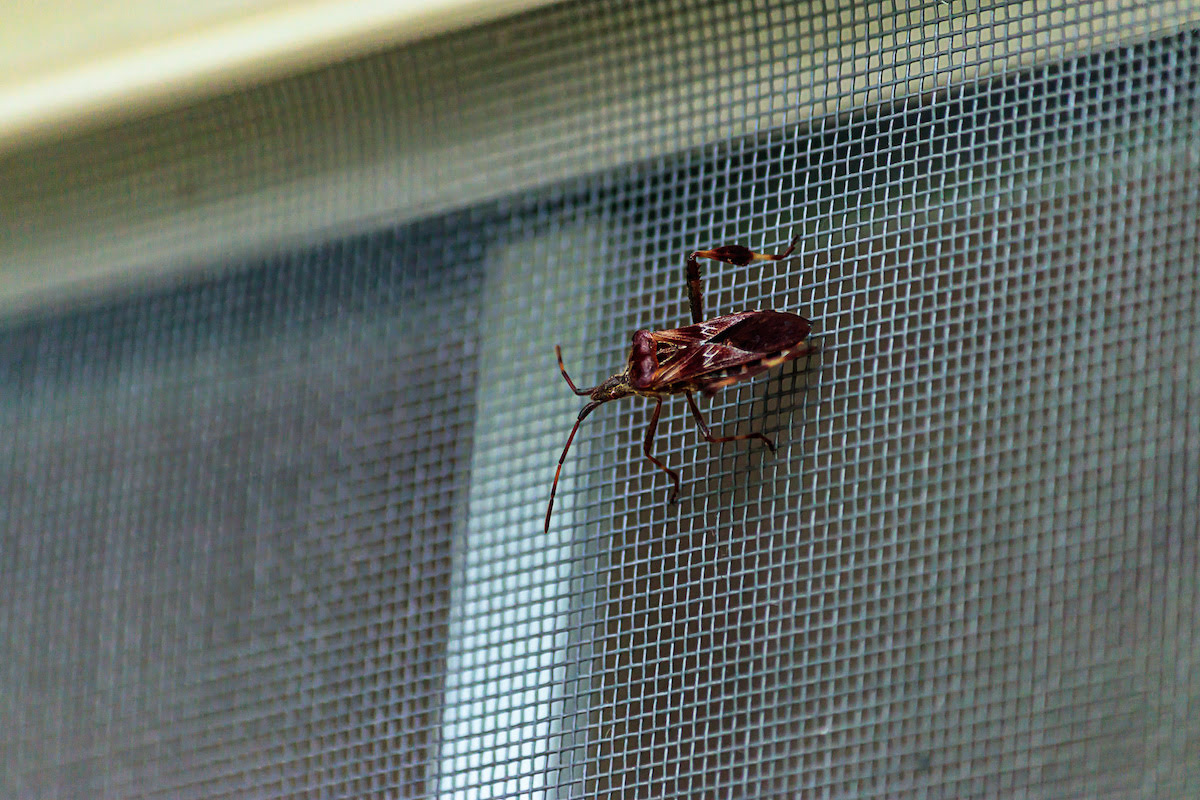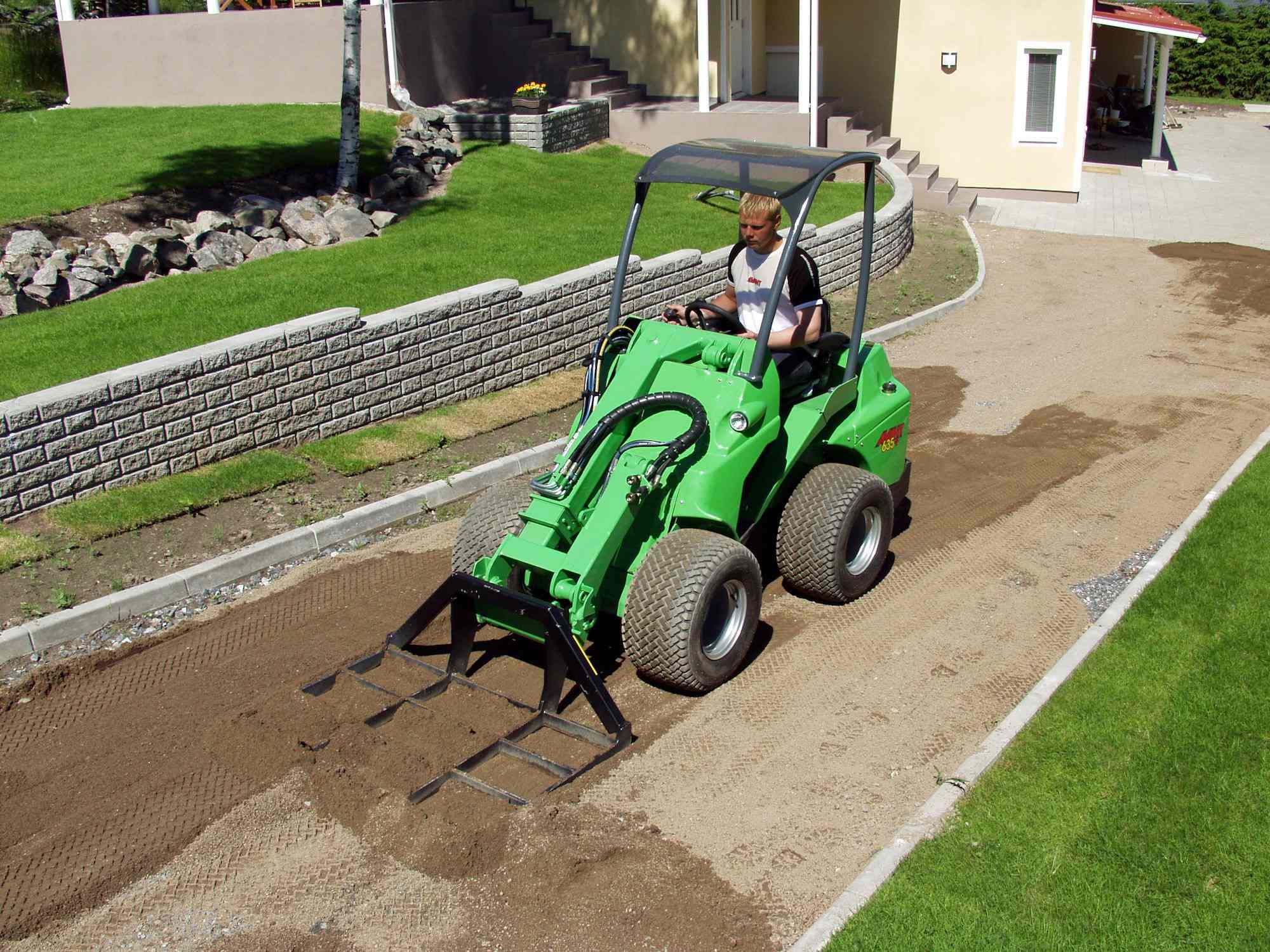Home>Garden Design>Landscape Design>How Far Out Should Landscaping Be From House


Landscape Design
How Far Out Should Landscaping Be From House
Modified: January 22, 2024
Discover the ideal distance for landscaping from your house with our expert landscape design tips. Maximize curb appeal and prevent potential damage.
(Many of the links in this article redirect to a specific reviewed product. Your purchase of these products through affiliate links helps to generate commission for Chicagolandgardening.com, at no extra cost. Learn more)
Table of Contents
Introduction
Welcome to the world of landscape design! When it comes to creating a beautiful and functional outdoor space, there are many considerations to keep in mind. One important question that often arises is, “How far out should landscaping be from the house?”
Having landscaping close to your house can enhance its aesthetic appeal and create a seamless transition from the indoors to the outdoors. However, it’s crucial to strike a balance and ensure that your landscaping is not causing any potential issues to your home.
In this article, we will delve into the various factors to consider when determining how far out your landscaping should be from your house. By understanding these factors, you will be able to make informed decisions that will not only beautify your outdoor space but also protect your home from potential damage.
So whether you have a sprawling backyard or a small courtyard, let’s explore the key considerations together and learn how to create a harmonious balance between your landscaping and your home.
Factors to Consider
When it comes to determining how far out your landscaping should be from your house, there are several important factors to consider. By taking these factors into account, you can ensure that your landscaping not only enhances the beauty of your home but also maintains its structural integrity and functionality. Let’s explore these factors in detail:
- Foundation: The foundation of your home is crucial and should always be protected. When planning your landscaping, it’s important to consider how it may impact the foundation. Planting trees or shrubs too close to the house can result in their roots potentially causing damage to the foundation over time. It’s recommended to maintain a suitable distance from the foundation to prevent any potential issues.
- Drainage: Proper drainage is essential to prevent water from seeping into your home. When designing your landscaping, it’s crucial to consider the slope and grading of your yard. Ensure that water is directed away from your house by incorporating proper drainage systems, such as French drains or swales. By maintaining a suitable distance between your landscaping and the house, you can avoid excess water accumulation near the foundation.
- Pest Control: Landscaping that is too close to your house can create a favorable environment for pests to thrive. Plants and mulch can provide hiding spots and attract insects and rodents. By keeping a sufficient distance between your landscaping and your home, you can make it less appealing for pests to invade your living space.
- Maintenance: Landscaping requires regular maintenance, including pruning, watering, and mulching. Having landscaping too close to your house can make these tasks more challenging and time-consuming. By allowing enough space between your landscaping and your home, you can ensure easier access for maintenance activities and avoid potential damage to your house or plants.
By considering these factors, you can make informed decisions when planning your landscaping and ensure that it coexists harmoniously with your home. However, it’s important to note that the specific distance may vary depending on factors such as the type of plants, climate, and architectural features of your house.
Foundation
The foundation of your house is the key to its structural integrity. When planning your landscaping, it is crucial to consider the impact it may have on the foundation. Planting trees or shrubs too close to the foundation can pose a serious risk of damage over time. The roots of larger trees can exert pressure on the foundation, causing cracks or even structural instability.
To prevent potential issues, it is recommended to maintain a suitable distance between your landscaping and the house’s foundation. The distance can vary depending on the size and type of trees or shrubs you want to incorporate into your landscaping. Generally, a minimum distance of five feet is advisable for small shrubs or plants, while larger trees should be planted even farther away.
In addition to root pressure, the moisture levels in the soil can also affect the foundation. Trees or plants with deep root systems can extract moisture from the soil, causing it to shrink and creating instability in the foundation. To avoid this, consider planting moisture-loving plants farther away from the house, while drought-resistant plants can be placed closer.
Furthermore, it is important to inspect the foundation regularly for any signs of damage or moisture issues. If you notice any cracks or signs of water infiltration, it may be wise to consult a professional and make the necessary adjustments to your landscaping.
By maintaining an appropriate distance between your landscaping and the foundation, you can ensure the long-term stability and health of your house. It is always better to be safe than sorry, and taking precautions with your landscaping can prevent expensive and disruptive foundation repairs down the line.
Drainage
Proper drainage is essential for protecting your home from water damage. When planning your landscaping, it is crucial to consider how it may impact the drainage around your house. Improper drainage can result in water seeping into your basement, causing foundation damage, and creating an unhealthy environment.
One important aspect to consider is the slope and grading of your yard. Ideally, the ground should slope away from your house to ensure that water flows away from the foundation. This can help prevent excess water accumulation and potential flooding in and around your home. If you have flat or poorly graded land, it may be necessary to adjust the grading or incorporate artificial drainage systems, such as French drains or swales, to redirect the water away from your house.
When it comes to landscaping, it’s important to ensure that any features or structures do not obstruct the natural flow of water. For example, if you have installed raised flower beds or retaining walls close to your house, they should be designed with proper drainage channels to prevent water from pooling against the foundation.
Additionally, when selecting plants for your landscaping, consider their water requirements and the soil type. Some plants may require more water, while others are drought-tolerant. By grouping plants with similar water needs and ensuring appropriate soil drainage, you can maintain a healthy and well-drained landscape.
Regular maintenance is also crucial in maintaining proper drainage. Clearing any debris or leaves from gutters, downspouts, and drainage systems will help ensure that water can flow freely and avoid blockages that can lead to water buildup near your home.
By considering the drainage needs of your landscaping and taking steps to prevent water from pooling near your house, you can protect your home from potential water damage and maintain a healthy outdoor environment.
Pest Control
When it comes to landscaping, proper pest control is essential to maintain a healthy and comfortable outdoor environment. Creating a suitable distance between your landscaping and your house can help minimize the risk of pests invading your living space.
Plants and mulch can provide hiding spots and attract insects and rodents, especially when they are in close proximity to your home. By keeping your landscaping at a suitable distance from the house, you can reduce the likelihood of pests finding their way inside.
One effective strategy is to create a barrier between your landscaping and your home. This can be achieved by installing a layer of gravel, crushed stone, or decorative rocks around the foundation. These materials are less attractive to pests and can serve as a deterrent.
When selecting plants for your landscaping, it is important to consider their susceptibility to pests. Some plants are more prone to attract pests, such as aphids or caterpillars, while others may have natural repellent properties. By choosing pest-resistant plants and incorporating them strategically in your landscaping, you can minimize the risk of pest infestations.
Regular maintenance is also key in preventing pest problems. Trim back overgrown vegetation, remove dead leaves, and clean up debris, as these can provide hiding spots and breeding grounds for pests. Additionally, be mindful of any standing water or areas of excessive moisture, as these can attract mosquitoes and other water-loving insects.
In some cases, professional pest control services may be necessary to address specific pest issues in your landscaping. If you notice signs of a potential infestation, such as chewed leaves, visible pests, or unusual plant damage, it is important to seek expert advice to prevent the problem from spreading to your home.
By maintaining a suitable distance between your landscaping and your house, implementing pest control measures, and staying vigilant with maintenance, you can create a pest-resistant outdoor space that enhances the beauty of your home while keeping pests at bay.
Maintenance
Maintaining your landscaping is essential for keeping it healthy, vibrant, and visually appealing. When planning your landscaping, it is important to consider how the proximity to your house will impact the maintenance tasks and ensure easy access for upkeep.
Having landscaping too close to your house can make maintenance activities such as pruning, watering, and mulching more challenging. It may require maneuvering around tight spaces or risking damage to your house or plants. By allowing enough space between your landscaping and your home, you can ensure easier access and a safer environment for maintenance tasks.
Pruning is a common maintenance task in landscaping, and it is important to have ample room to properly trim plants. When plants are too close to the house, they can obstruct windows or create potential hazards. By maintaining a suitable distance, you can easily access plants for pruning without compromising the aesthetic appeal of your home.
Watering is another crucial aspect of landscaping maintenance. Depending on the design and layout of your landscaping, it may require irrigation systems or manual watering. Having enough space between plants and your house allows for efficient and effective watering without risking water damage to your house or any electrical systems nearby.
Furthermore, mulching is often used to enhance the aesthetics of landscaping and provide additional benefits such as retaining moisture and suppressing weeds. By having a sufficient distance between your landscaping and your house, you can apply mulch without it accumulating against the foundation or causing any potential issues.
Regular maintenance also involves removing debris, fallen leaves, and weeds from your landscaping. By having enough space to maneuver and access all areas, you can keep your landscaping clean and free of any potential hazards or unsightly elements.
By considering the maintenance requirements of your landscaping and allowing enough space between your landscaping and your house, you can make maintenance tasks easier, more efficient, and safer. This will ensure that your landscaping remains healthy and visually appealing while minimizing the potential for damage to your home during maintenance activities.
Recommended Distance from the House
When determining the recommended distance between your landscaping and your house, it is important to consider the factors we have discussed earlier, such as the foundation, drainage, pest control, and maintenance. While there is no one-size-fits-all answer, there are general guidelines to help you make an informed decision.
For small shrubs or plants, a minimum distance of five feet from the foundation is commonly recommended. This allows for proper airflow and prevents potential root damage to the foundation. Larger trees should be planted even farther away, considering their mature size and root system. Consult with a professional or reference specific guidelines for the recommended distance based on the type of tree.
In terms of drainage, it is important to maintain a suitable distance that allows for proper water flow away from the house. The grading of your yard should slope away from the foundation, and any landscaping features, such as raised flower beds or retaining walls, should be designed to accommodate proper drainage channels.
When it comes to pest control, creating a barrier between your landscaping and your home can help deter pests. A layer of gravel, crushed stone, or decorative rocks around the foundation can act as a physical deterrent to prevent pests from entering your home.
Considering maintenance, having enough space between your landscaping and your house allows for easier access and safer maintenance activities such as pruning, watering, and mulching. It also prevents potential damage to your house or plants during these tasks.
It is important to note that the recommended distance may vary depending on factors such as the type of plants, climate, and architectural features of your house. Consulting with a professional landscaper or local gardening experts can provide valuable insights tailored to your specific circumstances.
Ultimately, the goal is to create a balance between your landscaping and your house, where the landscaping enhances the beauty of your home without compromising its structural integrity or functionality. By considering the factors discussed and following general guidelines, you can create a harmonious outdoor space that complements and protects your home.
Conclusion
When it comes to determining how far out your landscaping should be from your house, there are several factors to consider. By taking into account the foundation, drainage, pest control, and maintenance, you can ensure that your landscaping enhances the beauty of your home while protecting its structural integrity.
Maintaining a suitable distance between your landscaping and your house is crucial. It helps protect the foundation from potential damage caused by root growth, promotes proper drainage to prevent water seepage, reduces the risk of pest infestations, and facilitates easier maintenance activities.
While specific recommendations may vary depending on various factors, including the type of plants, climate, and architectural features of your house, following general guidelines can help you make informed decisions. It is always a good idea to consult with professionals or local gardening experts who can provide tailored advice based on your specific circumstances.
Remember that landscaping is not only about creating a visually appealing outdoor space but also about ensuring the long-term health and functionality of your home. By striking a balance between aesthetics and practicality, you can create a harmonious landscape that adds value to your property and enriches your overall living experience.
So, whether you are planning a new landscaping project or reevaluating your existing one, take the time to consider the recommended distance between your landscaping and your house. By doing so, you can create a beautiful and functional outdoor space that you can enjoy for many years to come.
